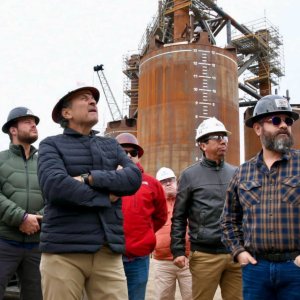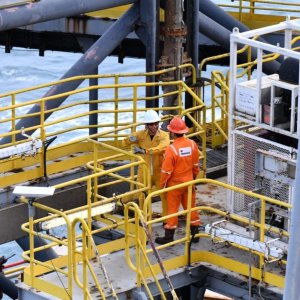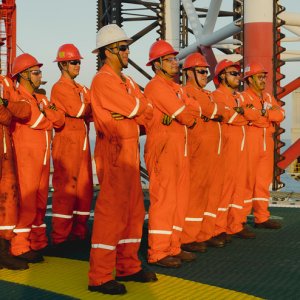Mexico Facing a Slow Recovery

STORY INLINE POST
Overproduction has blighted the global oil and gas industry for much of 2014 and 2015, causing the prices of oil to drop significantly. Luis Vielma Lobo, Director General of CBM, believes that prices will remain below US$50/b for the near future, specially since overproduction for the end of 2015 was around 2 million b/d. The incorporation of Iran in the market will have an additional impact because the country has a natural flow potential of 5 million barrels, but currently it produces less than 2 million. “The wells can be opened and closed like taps, it is cheap oil, and there are high quantities of the resource,” Vielma states. Iraq is also increasing its output and is one of the most promising countries in terms of oil production. Russia is an enigma in terms of production, but market experts consider that it may produce over 11 million b/d, a level of production that is similar to that of Saudi Arabia. “The environment of low price producers competing at this level is the worst situation we can face and will be the key factor to keeping prices low for several years, unless an unexpected situation occurs that pushes the prices up,” according to Vielma.
In addition, the unconventional oil sources in US have the potential to continue growing at incredible rates, because specialized companies are constantly developing new innovations and technologies. This unique approach may lower the production costs to US$35/b in 2016, which creates an excellent opportunity for Chicontepec. “Deepwater production may not be a viable business, and that situation may create a new vision in the IOCs that gives priority to production coming from onshore reservoirs, including developing non-conventional formations,” Vielma predicts. These factors have impacted the volume exported by more than 30% and obligated Mexico to look outside the hemisphere for new costumers, mainly in Asia. “The discovery and development of a greenfield may take up to seven years before the first hydrocarbon molecule is extracted from the reservoirs, and in the case of brownfields it will also take at least three to five years, depending on the reservoir conditions, infrastructure, and existing facilities for each opportunity,” warns Vielma.
Vielma sees several similarities between Chicontepec and the fields in the Permian Basin in the US, in that they both contain tight oil reservoirs that require different technical approaches to maximize production and recovery factors. “Those companies that have been working in the Permian Basin will have a distinct advantage if they decide to come and participate in R1-L05,” he asserts. Moreover, if the conditions of the contracts will allow the companies to explore further down, among the Cretaceous and Jurassic formations that PEMEX explored but never exploited, with proven unconventional reserves, it presents an attractive opportunity for those companies.
PEMEX is facing a perfect storm, and several factors have contributed to it, according to Vielma. First of all, the oil price’s deep fall and the economic crisis are impacting its internal prices by more than 40%. The consistent decline in production over the last ten years, equivalent to more than 1 million b/d, has affected the crude volume available for exports, thus impacting revenues. This has impacted the balance of the budget initially allocated by the government to political and social commitments, and therefore PEMEX’s budget was reduced by more than 30%, to partially support that deficit. The country’s political situation, in particular the security issues, are important risk factors for potential investors. “In addition to these external factors there are other internal issues that also affect PEMEX’s strategy, such as the reorganization process implemented before the reform took place and without a clear knowledge of how this process could impact PEMEX,” Vielma adds.
Companies are now beginning to look at alternative exploration and extraction technologies, and Vielma believes that this will be a positive development for Mexico’s oil industry. He asserts that there is no more effective way to extract oil than by drilling, with the second most efficient approach being production optimization through repairs or workovers of inactive wells. EOR will be the last option to increase production from reservoirs, he says, and it may be more expensive than other alternatives. “World-class experience dictates that, in order to capitalize on EOR projects, action must be taken in the early stages of production due to the fact that secondary recovery processes are closely related to reservoir energy maintenance,” he expresses. If a company follows this practice from the outset in certain types of reservoir, it may increase the recovery factor by as much as 5%, and that also includes EOR projects related to CO2 injection. According to Vielma, one of the key aspects of this process is maintaining the energy levels in the reservoir.
























